

Black hole binary systems
From dynamics to accretion
M.Sc. Cristián Maureira-Fredes
Leibniz Universität Hannover
Outline
- Background and motivation
- Projects
- Stellar systems dynamics
- The importance of how to accrete
- How to form gaseous structures?
- Conclusions
Background
Black holes
"The most exciting, yet unknown, region of space-time with an unimaginable strong gravitational effect".

NASA/JPL-Caltech
http://www.nasa.gov/mission_pages/nustar/multimedia/pia16695.html
Motivation
Gravitational Wave Astronomy
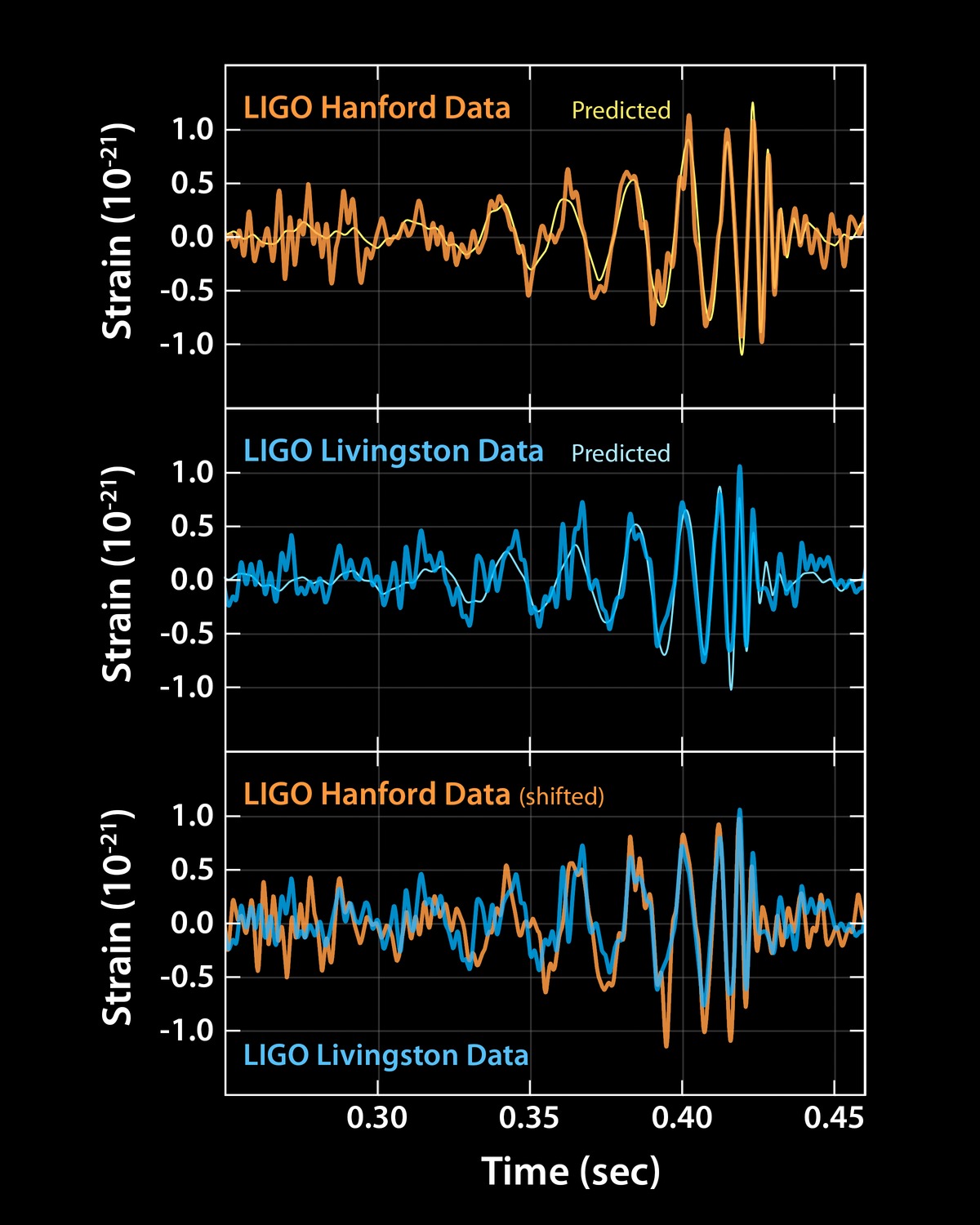


Motivation
Why binaries of black holes?
-
A simple way to form a system able to emit a Gravitational Wave.

Swinburne Astronomy Productions,
http://public.virgo-gw.eu/what-are-gravitational-waves/
Motivation
How do we create a BH binary?

Motivation
Stellar dynamics
- Dense stellar systems (GC and GN)
- $N\approx 10^{6-7} \star/\textrm{pc}^{3}$ (1 pc ~ 3.26 light-year)
- Stellar black hole binaries from detections!
Motivation
Stellar dynamics - not that easy!
this ~300 years old equation:
$$\ddot {\mathbf r}_i= -G \sum_{j=1,\,j \neq i}^{j=N} m_j \frac{\left({\mathbf r}_i - {\mathbf r}_j \right)} {\left|{\mathbf r}_i - {\mathbf r}_j\right|^3}$$
The N-body problem
(Newtonian gravity)

Messier 53 (M53) GC.
$r_{c} = 2 pc$, $M = 10^{6}M_{\odot}$.
Motivation
Stellar dynamics - Schemes
- Tree code $O(N\ log\ N)$,
Barnes and Hut 1986 - Fast multipole method $O(N)$ Greengard 1987
- Direct-summation $O(N^2)$
Straight-forward case - Close encounters $O(\sim N^3)$
10 years of development
Goals of this thesis
From dynamics to accretion
- Dynamical evolution of GCs and BHBs.
- Writing a code from scratch.
Stellar systems dynamics
GraviDy, a GPU modular, parallel direct-summation N-body
integrator: dynamics with softening
C. Maureira-Fredes & P. Amaro-Seoane
Monthly Notices of the Royal Astronomical Society,
Volume 473, Issue 3, p.3113-3127.
Stellar systems dynamics
Introduction

GraviDyView - $N-$body visualisation tool
https://gravidy.xyz/include/gravidy-view.html
Stellar systems dynamics
Experiments - Performance
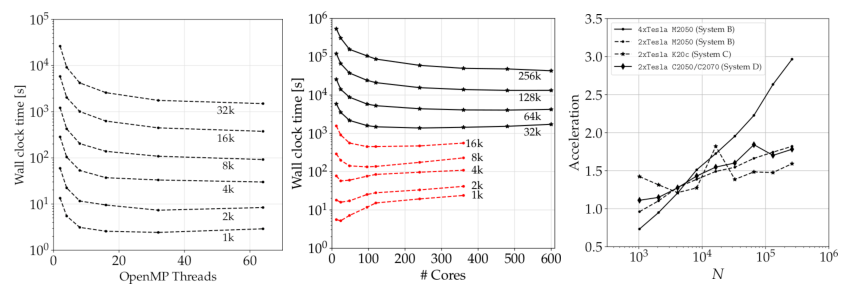
Stellar systems dynamics
Experiments - Verification
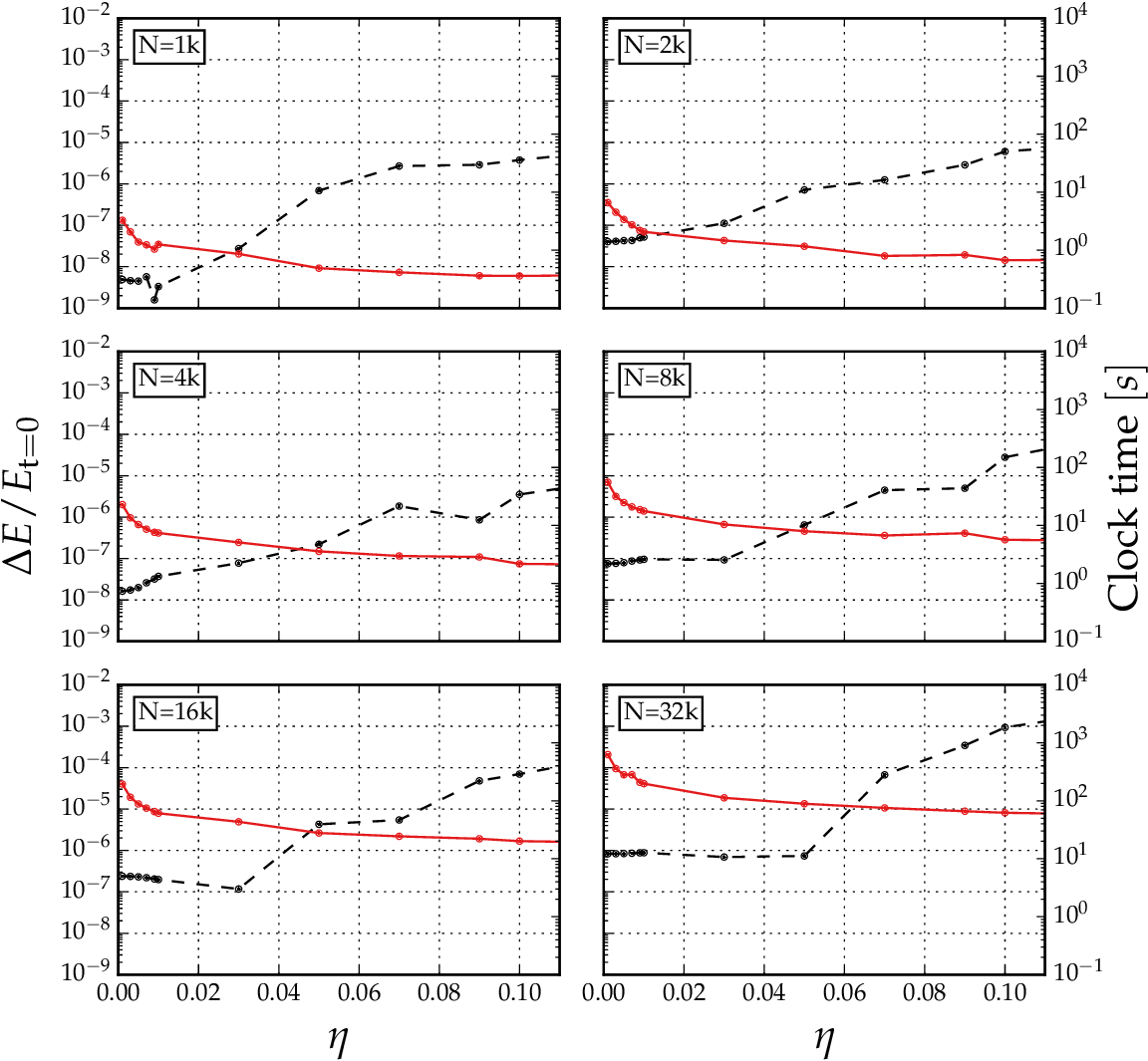
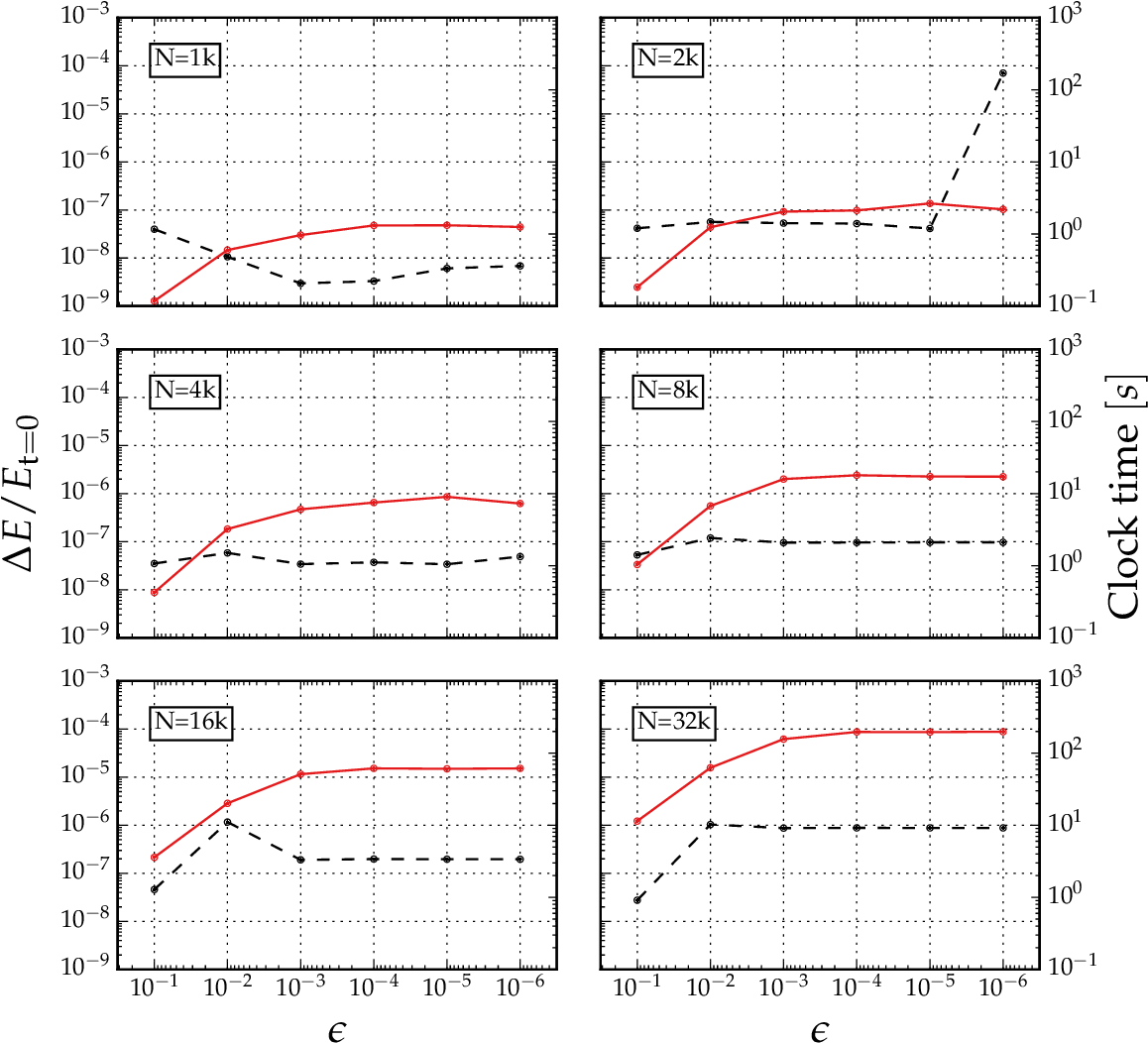
Stellar systems dynamics
Experiments - Core collapse representation
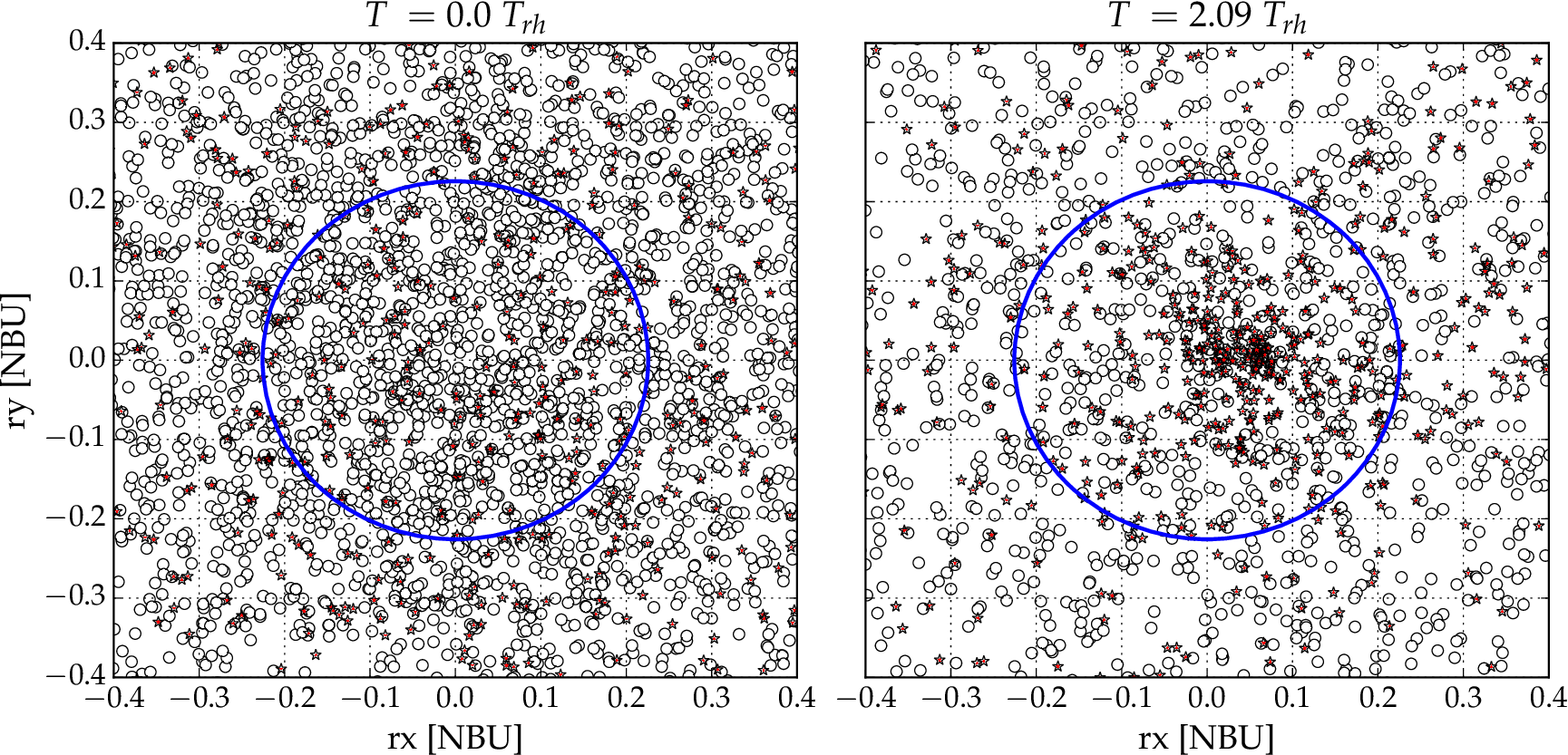
Stellar systems dynamics
Experiments - Core collapse
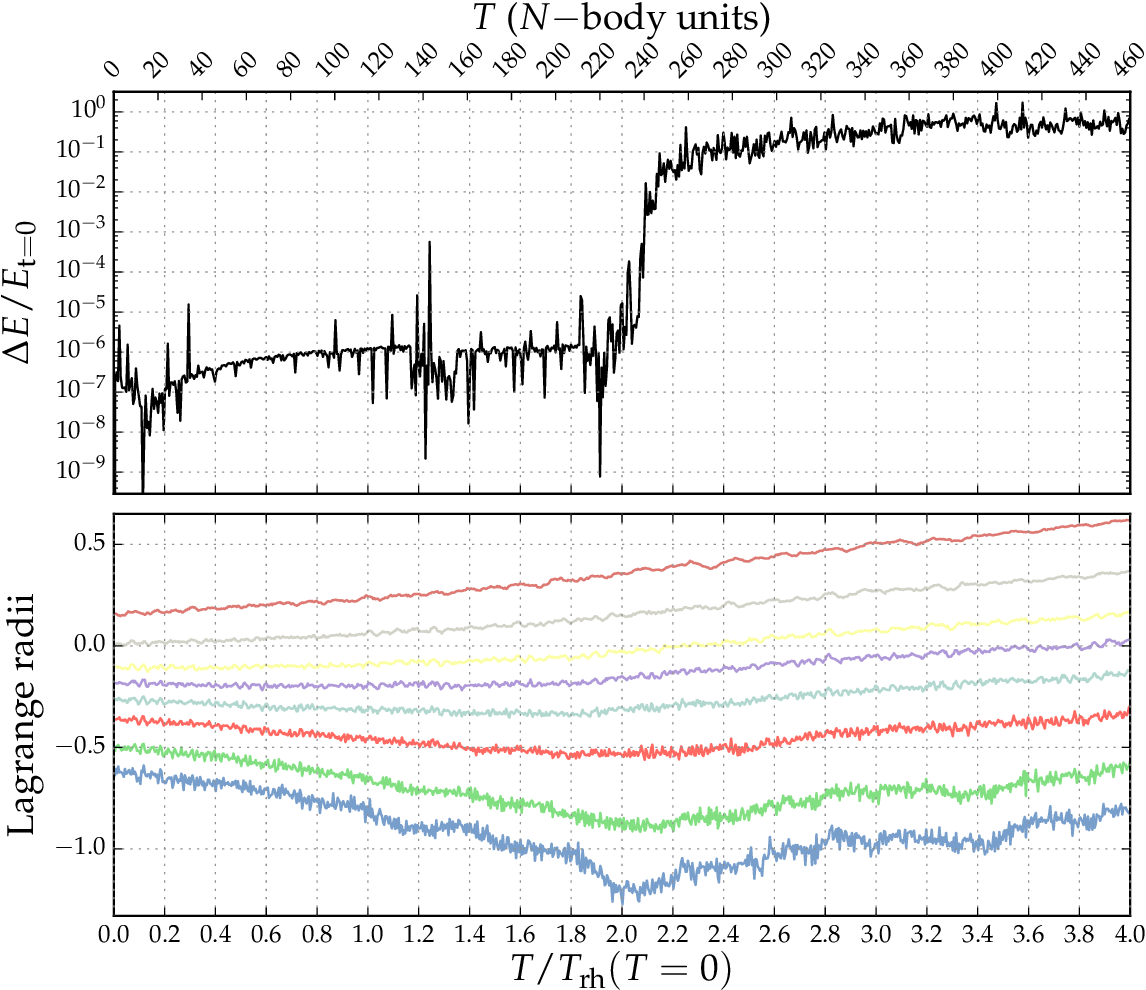
Stellar systems dynamics
Experiments - Softening impact
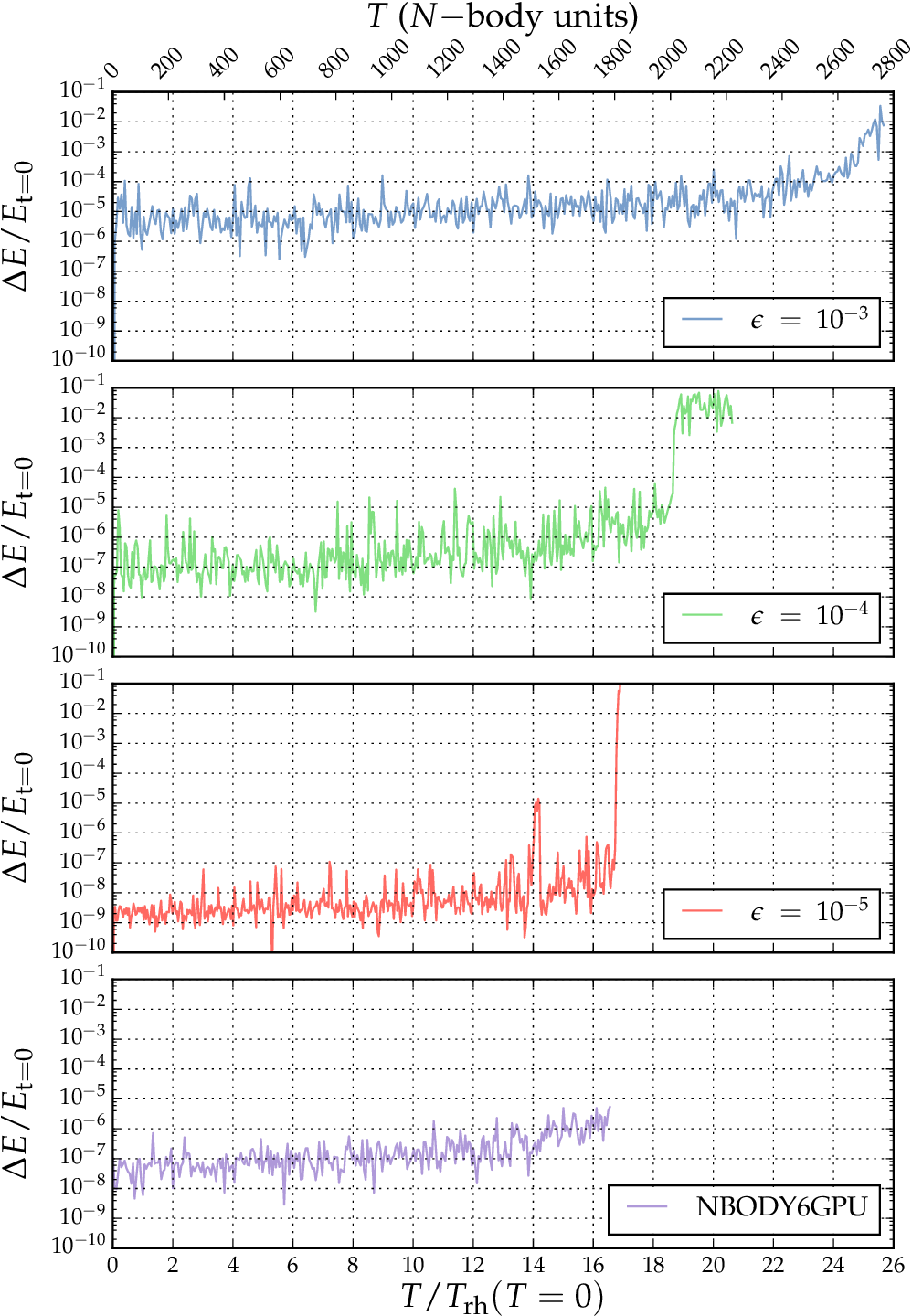
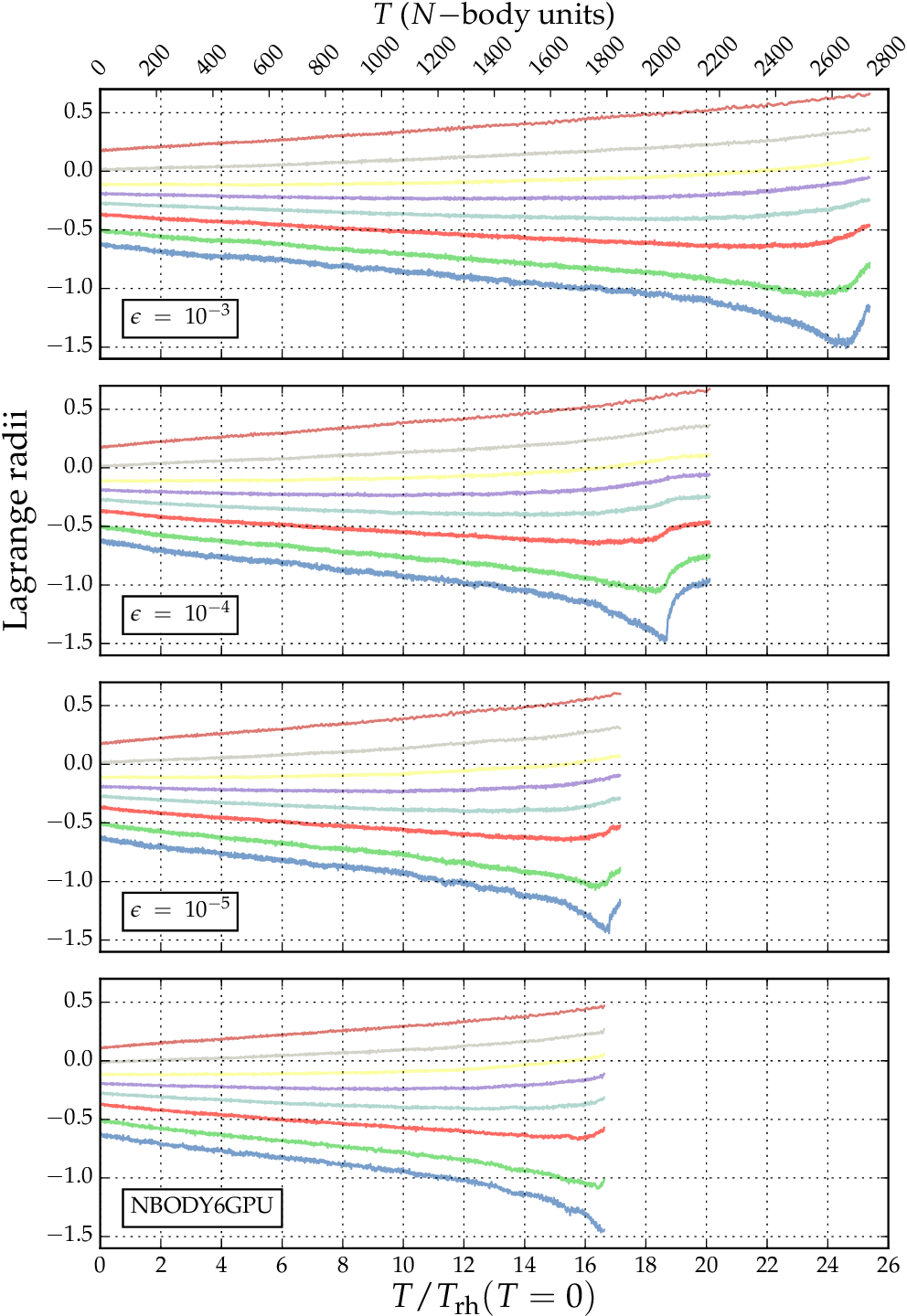
Stellar systems dynamics
Results
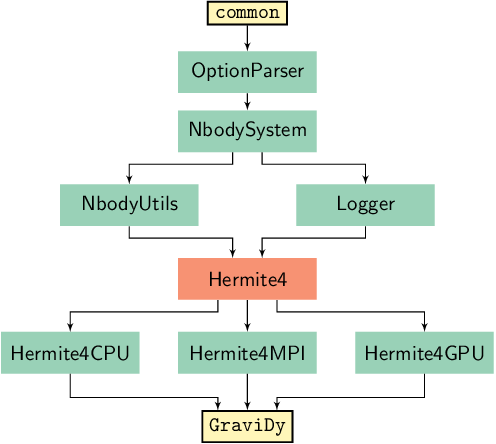
Code structure diagram.
GraviDy
https://gravidy.xyz
Stellar systems dynamics
Summary
- The softening is a critical parameter.
- New $N-$body integrator.
- Includes post-Newtonian expansion terms for binary evolution
Binary evolution
near to coalescence.
Motivation
What about Gas?
Point-particles are an idealisation of the system.
Goals of this thesis
From dynamics to Accretion
- Understanding the formation and evolution of BHBs
- The importance of accretion
- longer phase compared to the GW-driven,
- decides of the orbital configuration,
- and defines the priors for data analysis.
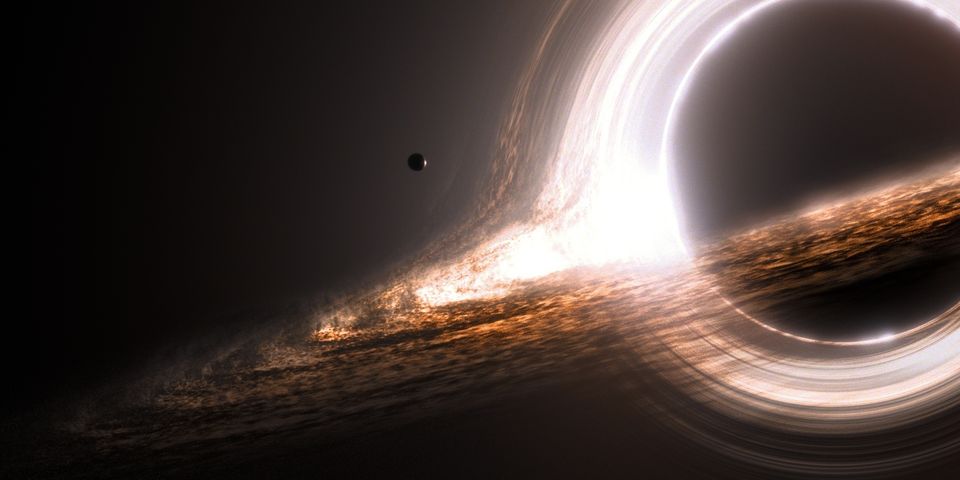
Artist impression accretion disc around the BH Gargantua.
(http://dneg.com)
The importance of how to accrete
Retrograde binaries of massive black holes
in circum-binary accretion discs.
P. Amaro-Seoane, C. Maureira-Fredes, M. Dotti & M. Colpi
Astronomy & Astrophysics,
Volume 591, id.A114, 12 pp.
The importance of how to accrete
Motivation
Galaxy Collision Animation
Author: James Webb Space Telescope (JWST)
Date: 27 October 2010
The importance of how to accrete
Introduction
- Co-rotating circum-binary discs.
- Main considerations
- counter-rotating is more interesting.
- resonances are either absent or weak Nixon & Lubow 2015
- gas remove more angular momentum
The importance of how to accrete
Initial setup
- 2D simulations (Fargo)
- hydrodynamical grid
- 3D simulations (Gadget)
- Smoothed-particle hydrodynamics (SPH)

The importance of how to accrete
Experiments - Accretion prescriptions

Roche Lobe* - Fixed radius - Bound.
The importance of how to accrete
Results - Circular orbit
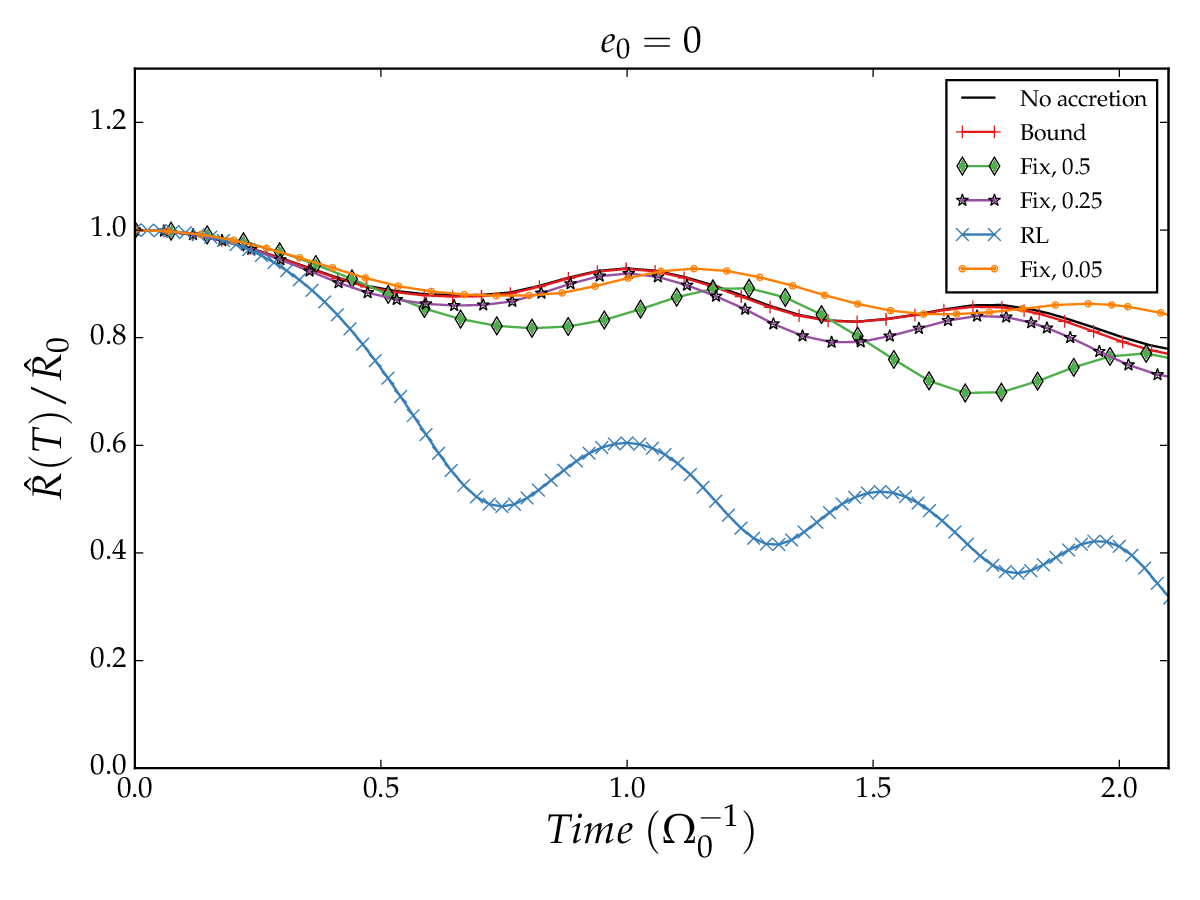
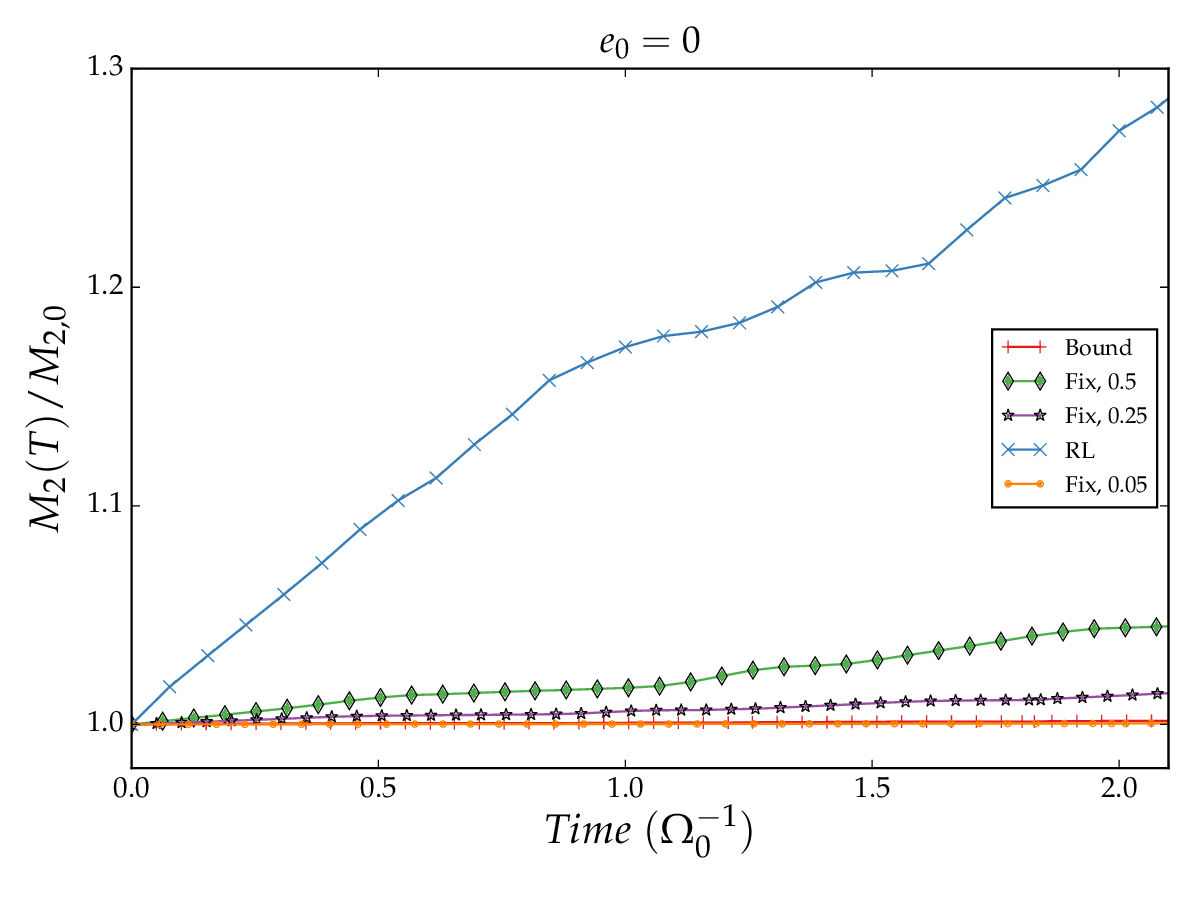
The importance of how to accrete
Results - Eccentric orbit


The importance of how to accrete
Results - 2D/3D distance
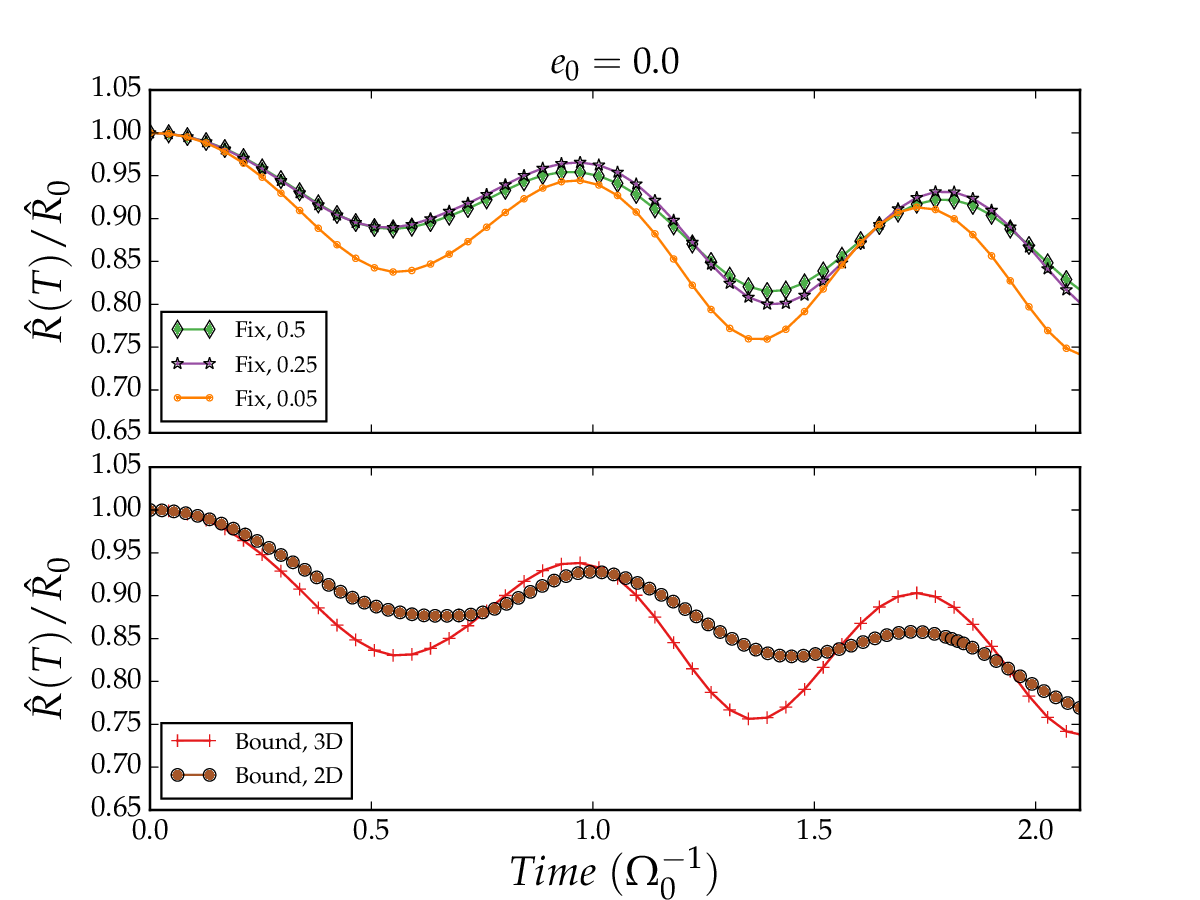
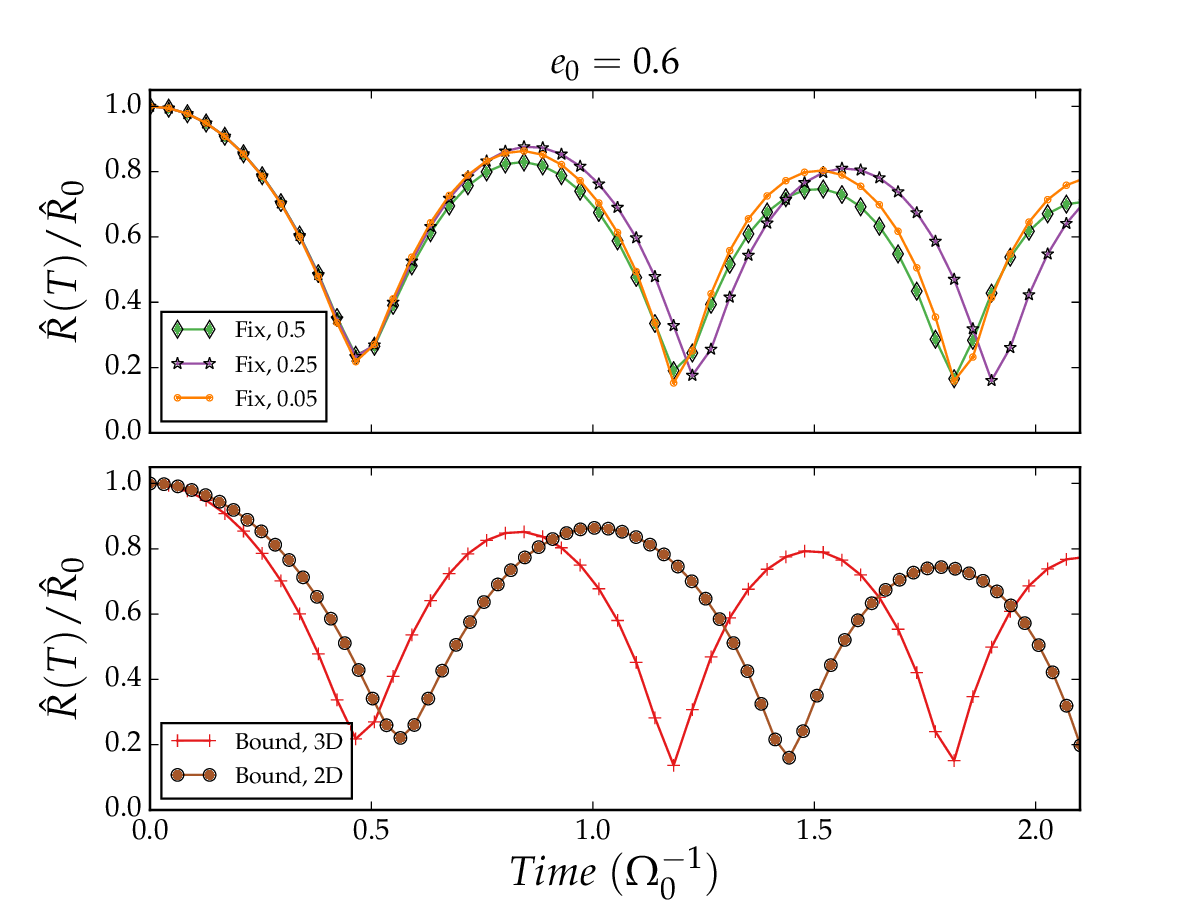
The importance of how to accrete
Summary
- The assumption of using Roche Lobe accretion
- not suitable for all scenarios.
- Accreting bound particles improves this issue, but:
- additional physics to be taken into account.
Motivation
The origin of the gas: interacting galaxies
- Structure formation (Modern Cosmology)
- Types or mergers
- Major
- Mayer et al. 2007, Colpi et al. 2009, Colpi & Dotti 2011
- Unequal
- Callegari et al. 2009, 2011, Khan et al. 2012
- Minor
- Callegari et al. 2011, Khan et al 2012.
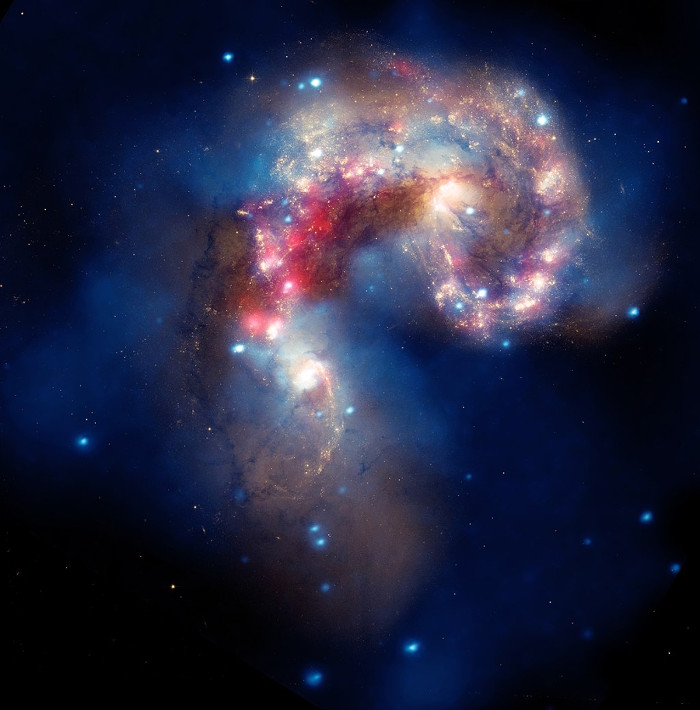
The Antennae galaxies (Chandra X-ray Observatory, Hubble Space Telescope and Spitzer Space Telescope)
around SMBHB in the shape of a disc?
How to form gaseous structures?
Accretion of clumpy cold gas onto massive black hole binaries:
the challenging formation of extended circum-binary structures
C. Maureira-Fredes, F.G. Goicovic, P. Amaro-Seoane & A. Sesana
Monthly Notices of the Royal Astronomical Society |
Volume 478, Issue 2, p1726-1748.
Accretion of clumpy cold gas onto massive black hole binaries:
a possible fast route to binary coalescence
F. G. Goicovic, C. Maureira-Fredes, A. Sesana, P. Amaro-Seoane & J. Cuadra
Monthly Notices of the Royal Astronomical Society |
Accepted
How to form gaseous structures?
Motivation
Cuadra et al. 2009
How to form gaseous structures?
Introduction
- There are two main ideas regarding accretion
- in a coherent way (Dotti et al. 2010)
- stochastically (King et al. 2005, King & Pringle 2006)
- Observational evidence! Tremblay et al. 2016, Macagni et al. 2018
- Accretion of single clouds
- Dunhill et al. 2014, Goicovic et al. 2016, 2017
How to form gaseous structures?
Experiments - Initial Setup

How to form gaseous structures?
Experiments - Distribution
Run A

Run B

How to form gaseous structures?
Experiments - Scenario (RunA, mostly co-rotating)
How to form gaseous structures?
Results - Number of gas particles
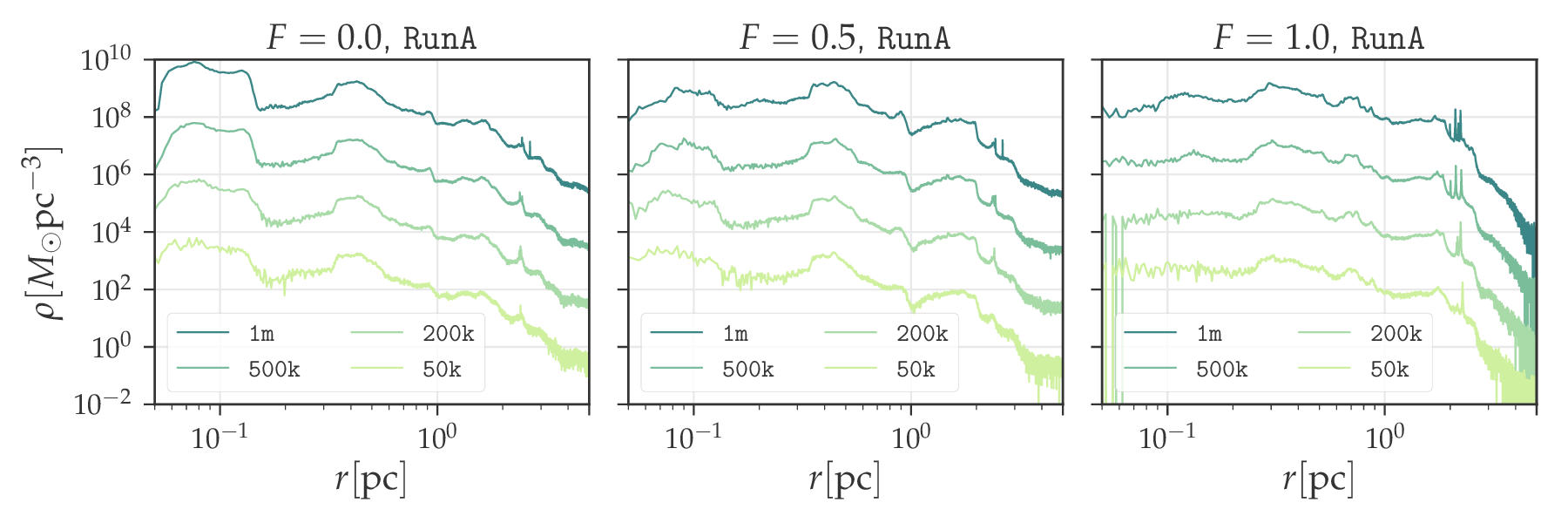
How to form gaseous structures?
Results - Mass evolution
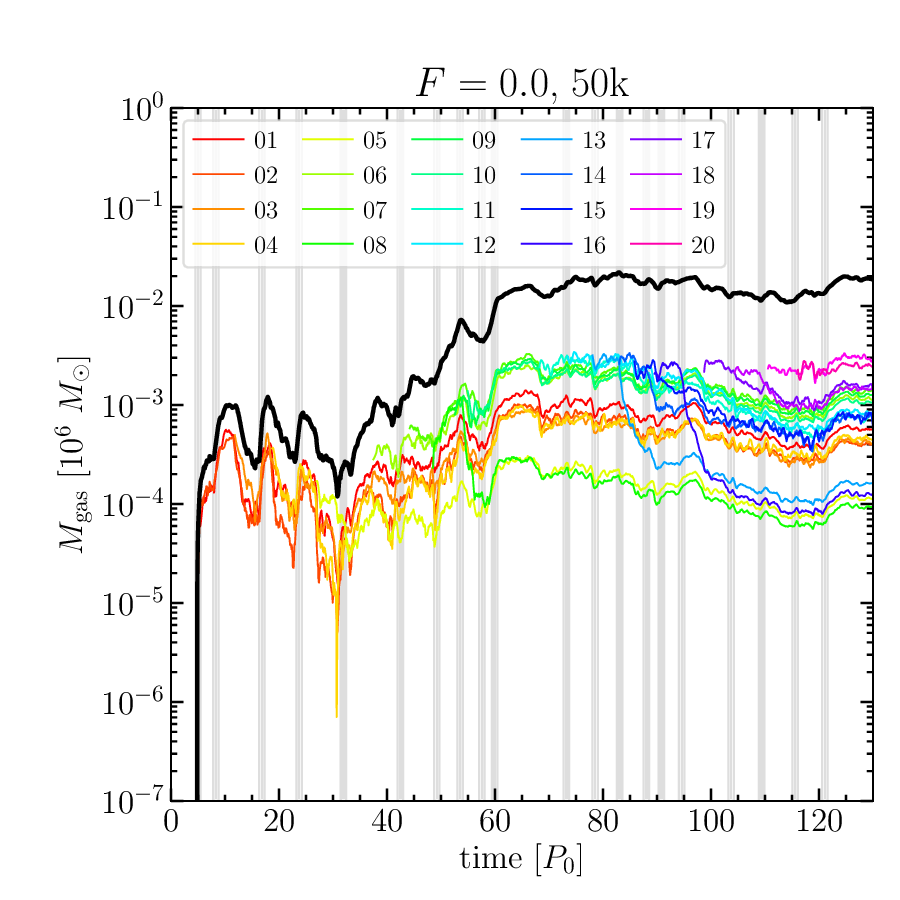
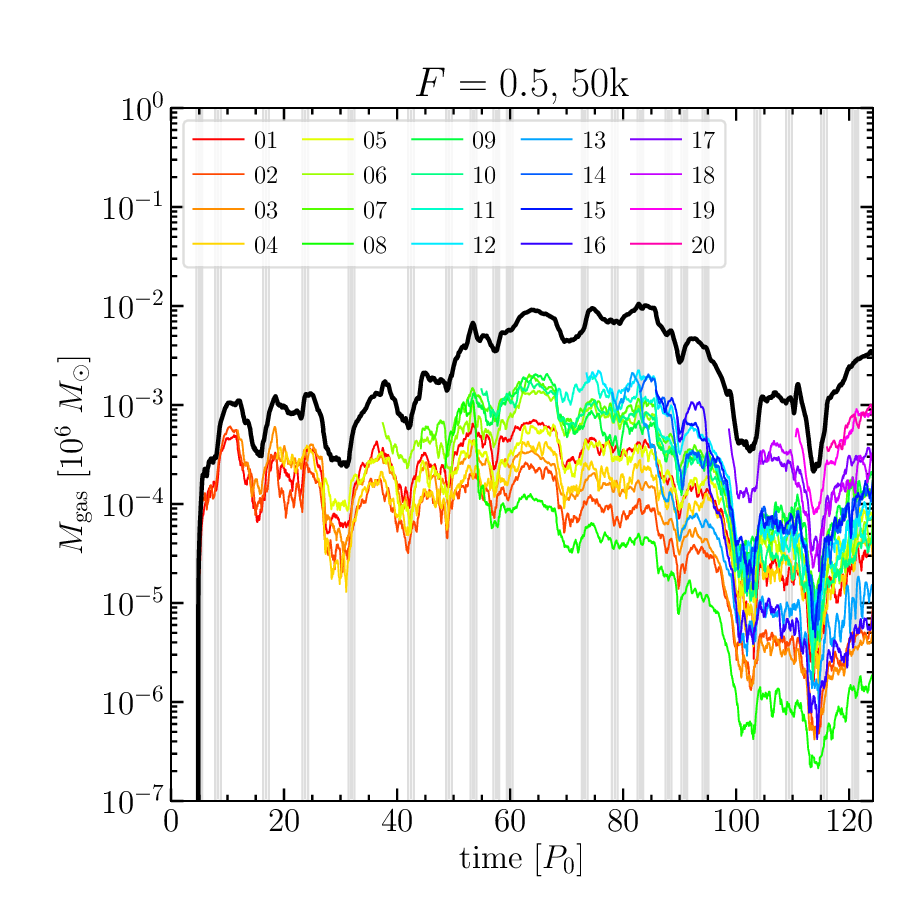
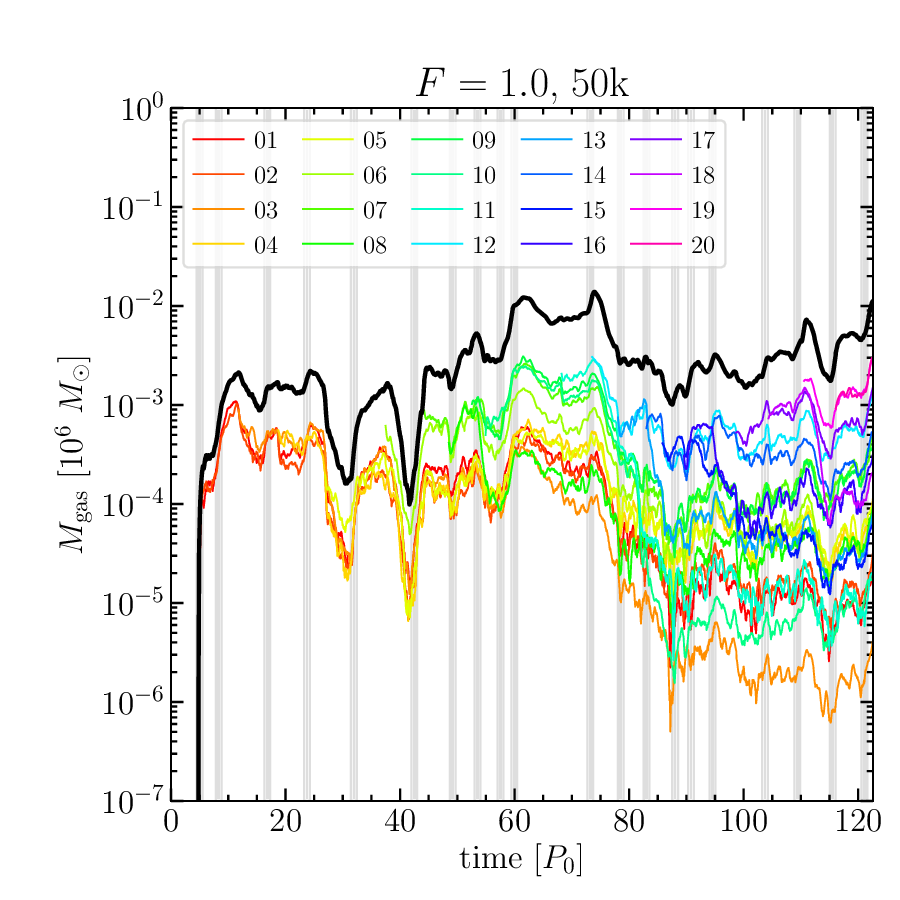
How to form gaseous structures?
Experiments - Results
How to form gaseous structures?
Results - Structures
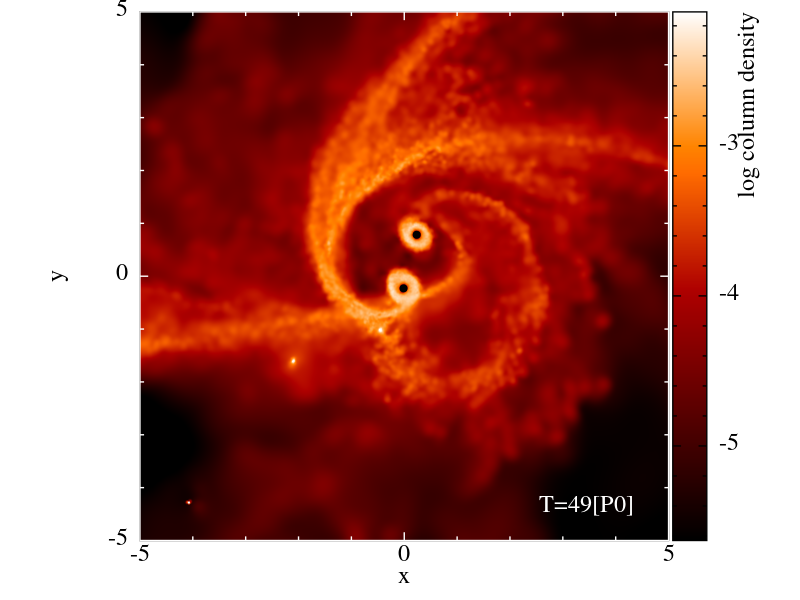
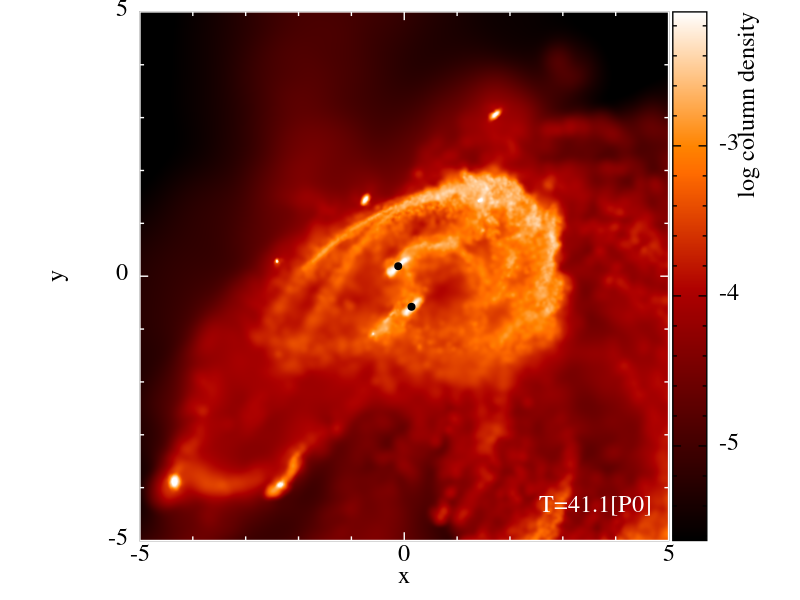

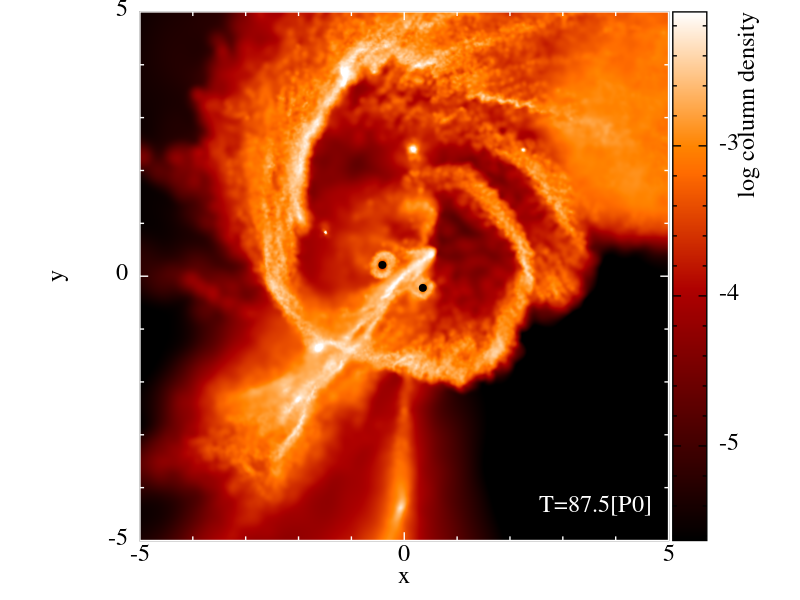


How to form gaseous structures?
Summary
- First time of multiple infalling clouds onto MBHBs simulation
- Main findings
- Difficult to form stable circum-binary structures
- Counter-rotating rings
- Mini-discs formation
- Accretion on the MBHB
- Post interaction relaxation
Conclusions
Stellar dynamics is a well-defined way to form BHB
- Developed from scratch a direct-summation integrator with relativistic corrections
- Studied the impact of softening on the global evolution: dangerous
- By detecting GWs from BHs formed this way, we can reverse-engineer and subtract information about the host cluster, invisible to our old friend the photon.
- Estimation of the prior distribution of binaries of BHs: boost in data analysis algorithms
Conclusions
The role of gas in binaries
- The previous is an idealisation, in particular for SMBHBs
- Accretion of counter-rotating systems must be defined using my findings, otherwise you derive a wrong evolution of all orbital parameters
- Gas does not distribute of SMBHBs in the shape of a disc. This is the 0-th order assumption of hundreds of papers on this topic. I show the kind of architectures the gas follows in reality, which are far away from a disc.
- This has a crucial impact on the ulterior evolution of the binary when it detaches from the gas, so that the prior distribution would be radically different.
Acknowledgements
- Deutsche Forschungsgemeinschaft (DFG)
- Gravitational Wave Astronomy
- Supermassive black holes, accretion discs, stellar dynamics and tidal disruptions
- The AEI, but above all the IMPRS.
Black hole binary systems
From dynamics to accretion
M.Sc. Cristián Maureira-Fredes
Leibniz Universität Hannover
Conclusions
- New $N-$body code + PN terms
- Impact of softening
- Feedback from GW detections
- Boost in data analysis algorithms
- Don't forget about the gas in SMBHB
- Accretion of counter-rotating systems
- Difficult to get a shape of a disc.
- Crucial impact for GW-driven phase.
Black hole binary systems - C. Maureira-Fredes
